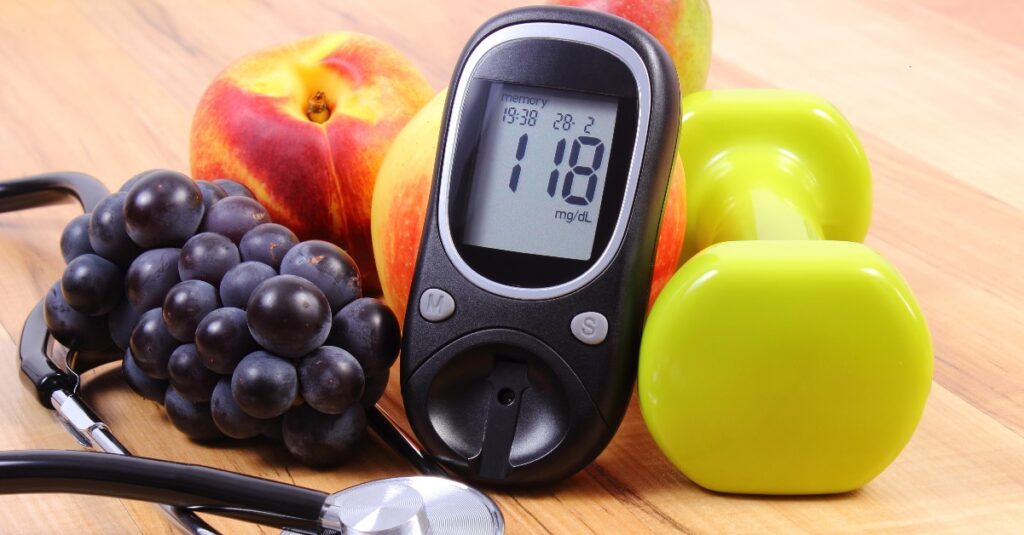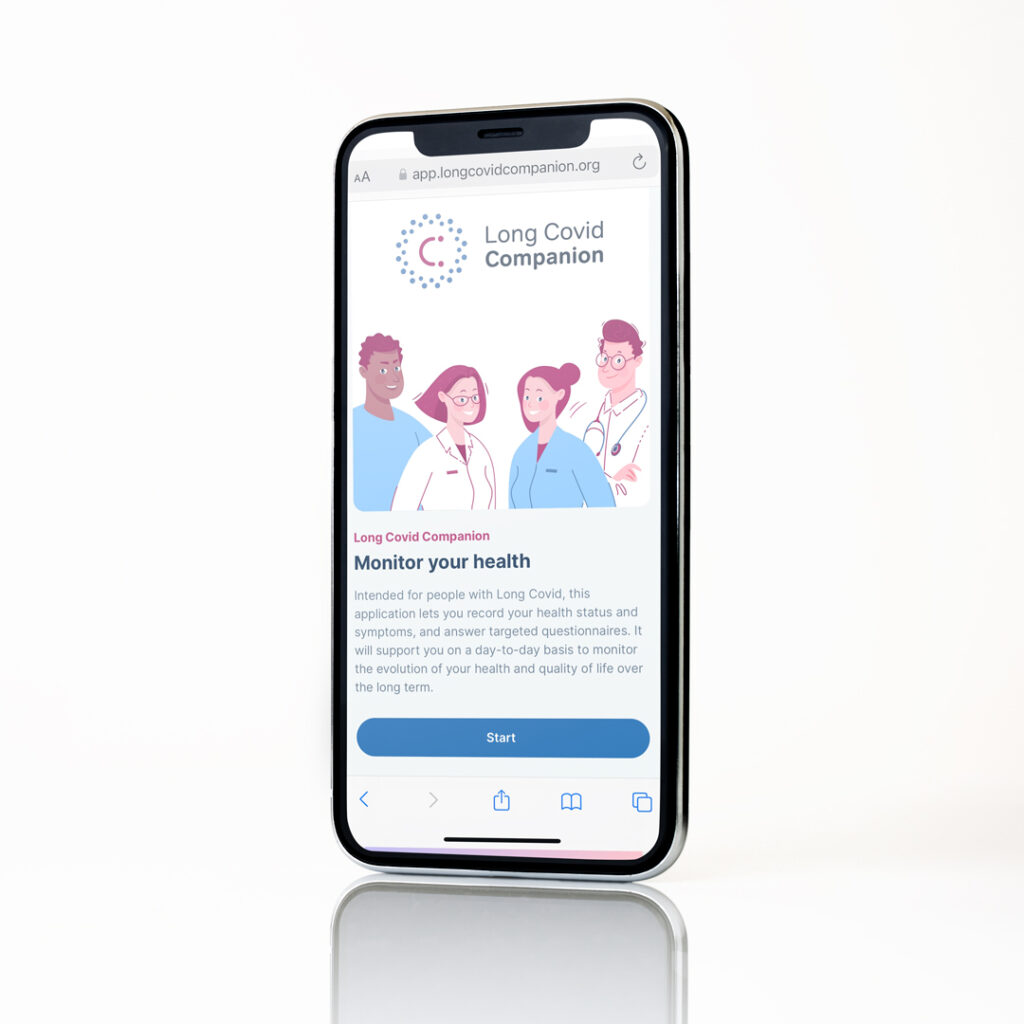News
Connected devices unravel associations between physical activity habits and weight change

Dr Guy Fagherazzi, Director of the LIH Department of Population Health (DoPH) and leader of the Deep Digital Phenotyping Research Unit, and Dr Laurent Malisoux, leader of the Physical Activity, Sport and Health research group at DoPH, exploited the potential of digital health tools to investigate the relationship between both the level and frequency of physical activity and weight variations. The study, which was published on April 15th in the top digital health journal “Journal of Medical Internet Research – mHealth and uHealth”, is a collaboration with the French National Institute of Health and Medical Research (Inserm) and the French manufacturer of connected e-health devices Withings.
The benefits of physical activity on weight loss and on overall health status are well known, with 10,000 steps/day, three to four days a week, being a widely accepted indication of the level of exercise associated with beneficial outcomes. Nevertheless, robust evidence supporting the definition of a minimal optimal amount of physical activity resulting in weight loss is currently inconsistent. Moreover, most studies have only evaluated the effects of the total level of physical activity on weight change, without necessarily taking into account the complexity of an individual’s different physical activity patterns in terms of amount and frequency over time.
“In this context, our study aimed to elucidate the associations between physical activity expressed in terms of step count, and specifically its intensity and regularity, and weight change over a period of six months”, explains Dr Fagherazzi, corresponding author of the publication.
At the heart of the research team’s approach were digital technologies, namely Withings consumer-based wearable activity trackers and connected digital scales. These allow individuals to objectively and continuously measure their physical activity levels and weight variations while minimising the bias typically associated with self-reported values from questionnaires, therefore constituting a valuable tool to monitor large populations in real life settings over extended time spans. However, connected devices and the generated data currently remain an untapped resource for clinical and epidemiological research purposes.
The scientists therefore analysed a variety of data, such as sex, age, number of steps per day, body weight, heart rate and blood pressure, from 26,935 Withings connected device users. They calculated the monthly average of daily step values as a proxy for physical activity levels and derived the monthly coefficient of variation (CV) of daily step values to estimate the variability (i.e. the regularity) of physical activity. Through detailed statistical analyses, the team assessed the associations between these characteristics, their six-month changes and the six-month weight variations.
As expected, the results indicated that greater average physical activity levels correlate with more weight loss. Compared with individuals who were classified as sedentary (below 5,000 steps/day), low active (between 5,000 and 7,499 steps/day), somewhat active (between 7,500 and 9,999 steps/day) and active (above 10,000 steps/day) individuals reported a 0.21 kg, a 0.52 kg and a 1.17 kg greater decrease in weight, respectively. Moreover, each 1,000 steps/day increase in physical activity levels over the six-month follow-up was associated with a 0.26 kg weight reduction.
Interestingly, the findings revealed that a lower variability in the levels of physical activity, i.e. a greater regularity, was also associated with weight loss. Indeed, compared with users with a CV of their physical activity intensity greater than 63%, subjects with a CV ranging from 51 to 63%, from 40 to 51% and below 40% had a 0.19 kg, a 0.23 kg and a 0.33 kg greater decline in weight, respectively. Conversely, no correlation was found between the six-month change in the variability of physical activity levels and weight variations.
“In a nutshell, our study adds to the current body of knowledge that health benefits can already be observed below the 10,000 steps/day threshold. Naturally, the greater the intensity of the activity the more significant the ensuing weight loss, meaning that ‘some physical activity is good but more is better’ with respect to weight change. More importantly, we also showed that it is not only the intensity but the regularity of physical activity that plays a noteworthy role in short-term weight loss. Step count variability is therefore an interesting additional parameter to be considered as a digital biomarker candidate when assessing the impact of physical activity on health”, summarises Dr Fagherazzi.
“The strength of our work lies in the large study population, but also on the use of innovative digital tools that have the potential to disrupt the way clinical and epidemiological studies have traditionally been carried out. We expect our findings to set the basis for a more widespread adoption of wearable connected devices and machine-learning approaches for the development of truly personalised prevention programmes based on physical activity, tailored to an individual’s specific lifestyle, habits and living conditions”, adds Dr Malisoux.
“To this end, as shown by our cooperation with Withings, establishing close collaborations between academia and wearable device manufacturers is crucial in order to give researchers access to valuable and reliable real-time and real-life datasets to enhance population health”, concludes Dr Fagherazzi.
Looking forward, the study could be replicated by focusing also on different health parameters related to physical activity, including blood pressure, heart rate or fat mass percentage, which are easily measurable through connected devices and which represent key cardiometabolic risk factors to be taken into account in the contexts of the obesity epidemic and the digital revolution.
> SCIENTIFIC PUBLICATION
El Fatouhi D, Delrieu L, Goetzinger C, Malisoux L, Affret A, Campo D, Fagherazzi G.
“Associations of Physical Activity Level and Variability With 6-Month Weight Change Among 26,935 Users of Connected Devices: Observational Real-Life Study“
JMIR Mhealth Uhealth 2021;9(4):e25385
doi: 10.2196/25385







